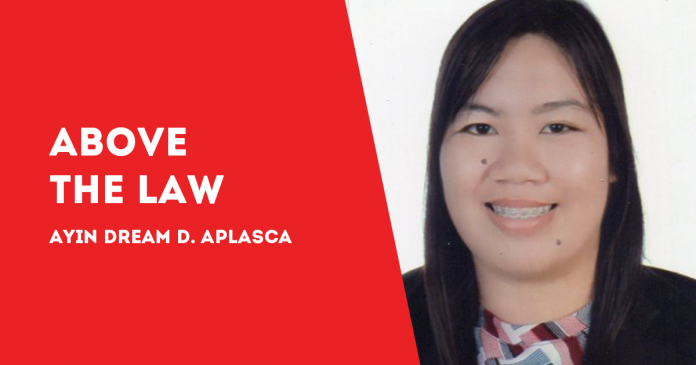
THE COURTS are in full swing implementing the amended Revised Rules on Evidence and the Amended 1997 Rules of Civil Procedure.
One of the important amendments in the Rules of Evidence is the concept of hearsay evidence. I would like to discuss that in today’s article. For the past few weeks that I appeared before the courts, I have witnessed and listened to objections of lawyers on the ground that the evidence presented is hearsay.
What is hearsay evidence?
The old Rules on Evidence did not define hearsay. Evidence is hearsay if the probative value is not based on the personal knowledge of a person. The knowledge is that of another person and is not a witness to the case.
It is the personal knowledge that determines what hearsay is because evidence outside of personal knowledge may be considered unfounded information.
Hearsay is now defined as a statement other than one made by the declarant while testifying at a trial or hearing, offered to prove the truth of the facts asserted therein. The statement may be an oral or written assertion, or a non-verbal conduct of a person, if it is intended to be an assertion. Hearsay evidence is inadmissible except as otherwise provided in the Rules (Section 37, Rule 130 of the Rules on Evidence).
A statement is not hearsay if the declarant testifies at the trial or hearing and is subject to cross-examination concerning the statement, and the statement is:
(a) inconsistent with the declarant’s testimony, and was given under oath subject to the penalty of perjury at a trial, hearing, or other proceeding, or in a deposition;
(b) consistent with the declarant’s testimony and is offered to rebut an express or implied charge against the declarant of recent fabrication or improper influence or motive; or
(c) one of identification of a person made after perceiving him or her.
In the old Rules there were 11 exceptions to the Hearsay Rule but now there are 13.
One of these is under Section 40, Rule 130 on “declaration against interest.” The new Rule amended this as “declaration against penal interest.” This means that statements which tend to expose the declarant to criminal liability and offered to exculpate the accused as long as there are corroborating circumstances that clearly indicate the trustworthiness of the statement.
Another one is under Section 45, where “entries in the regular conducted business activity” is replaced by “records of regularly conducted business activity.”
This section covers memoranda, reports, records or data compilations of acts, events, conditions, opinions, or diagnoses, made by writing, typing, electronic, optical or other similar means. The important requirement is that the memorandum, report, record, or data compilation was made at or near the time of or from transmission or supply of information by a person with knowledge, and the said record was kept in the regular course or conduct of a business activity, and such was the regular practice.
Lastly is the Residual Exception under Section 50. It is a “statement not specifically covered by any of the foregoing exceptions, having equivalent circumstantial guarantees of trustworthiness, is admissible if the court determines that (a) the statement is offered as evidence of a material fact; (b) the statement is more probative on the point for which it is offered than any other evidence which the proponent can procure through reasonable eff orts; and (c) the general purposes of these Rules and the interests of justice will be best served by admission of the statement into evidence.”
It is important that lawyers have an excellent comprehension of the Rules on Evidence to be able to protect the interests of their clients and avoid misconceptions of the law./PN

